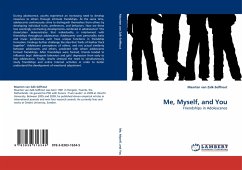During adolescence, youths experience an increasing need to develop closeness to others through intimate friendships. At the same time, adolescents continuously strive to distinguish themselves from others by developing individual traits, preferences, and behaviors. How are these two seemingly contrasting developments combined in adolescence? This dissertation demonstrates that individuality is intertwined with friendships throughout adolescence. Adolescents' own personality traits and music preferences each have unique functions in friendship formation. Findings further challenge the idea that "birds of feather flock together". Adolescent perceptions of others, and not actual similarity between adolescents and others, predicted with whom adolescents formed friendships. After friendships were formed, friends tended to influence boys' delinquent behaviors and girls' depression from early to late adolescence. Finally, results stressed the need to simultaneously study friendships and online Internet activities in order to better understand the development of emotional adjustment.








